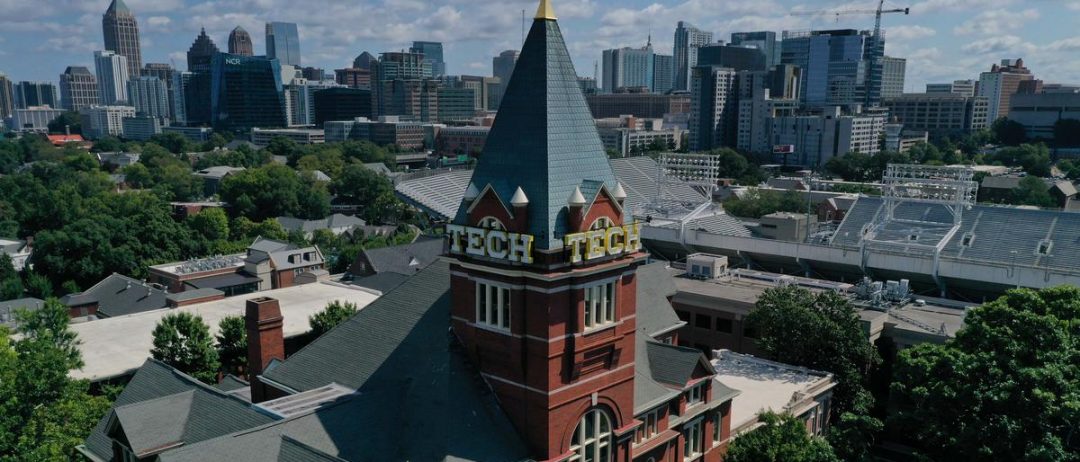
The DCL hosts several special events including the annual Student Symposium and lecture series.
Explore the various research topics and methodologies from professors within the design and control systems field.
Click here for more information about the DCL faculty members.